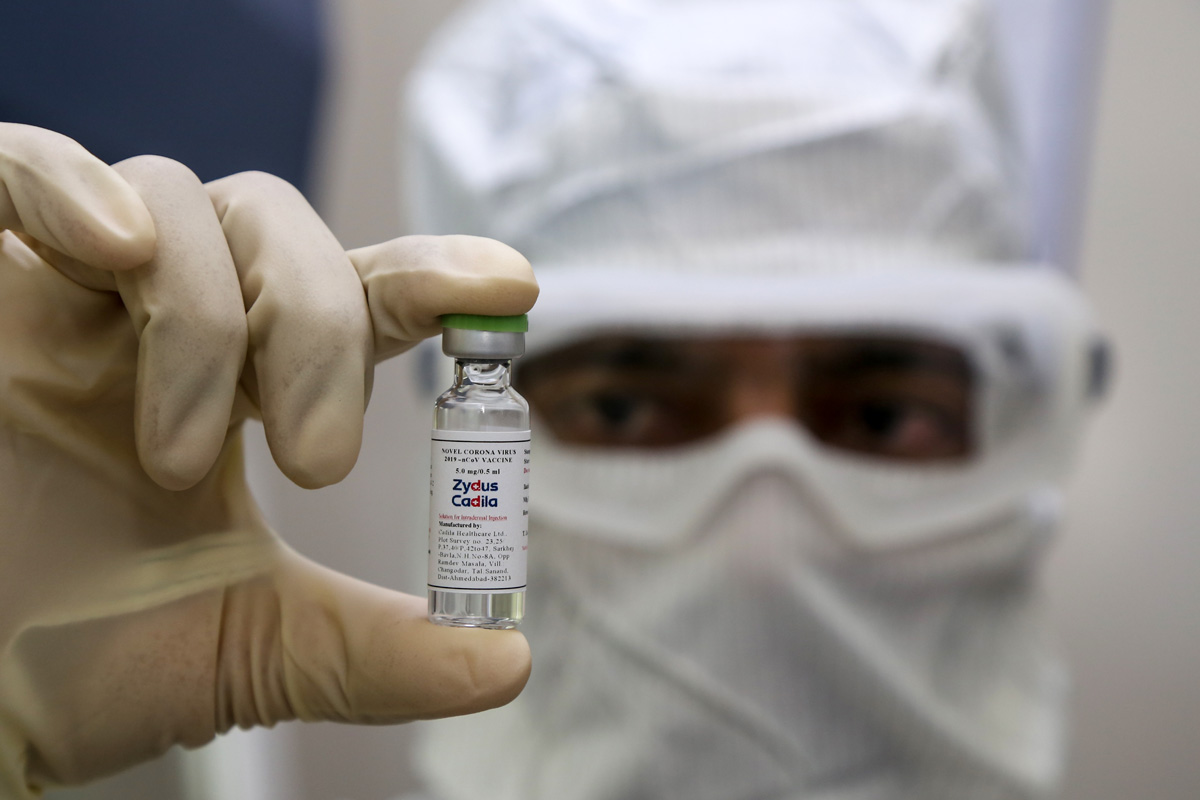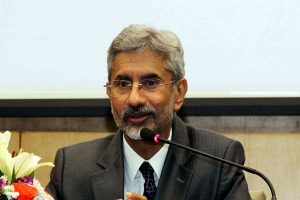The second dry run to check the best way to vaccinate people against COVID-19 and plug loopholes in logistics and training is taking place in the country today.
The dry run test is to be conducted across 737 districts.
Advertisement
On December 28 and 29, the first dry run was conducted in Krishna district of Andhra Pradesh, Rajkot and Gandhinagar district of Gujarat, Ludhiana and Shaheed Bhagat Singh Nagar of Punjab and Sonitpur and Nalbari districts of Assam.
The Central government planned to vaccinate nearly 30 crore people in the first phase of drive. It offered to one crore healthcare workers, along with 2 crore frontline and essential workers and 27 crore elderly, mostly above the age of 50 years with co-morbidities.
The objective of the Dry Run for COVID-19 vaccine introduction is to assess operational feasibility in the use of Co-WIN application in field environment, to test the linkages between planning and implementation and to identify the challenges and guideway forward prior to actual implementation. This is also expected to give confidence to programme managers at various levels.
The States/UTs have been asked to ensure that the data of these beneficiaries is uploaded in Co-WIN. These beneficiaries will also be available at the session site for the dry run. The States and UTs shall prepare the facilities and users to be created on CoWIN application including uploading the data of Health Care Worker (HCW) beneficiaries.
The States/UTs have been asked to ensure physical verification of all proposed sites for the adequacy of space, logistical arrangements, internet connectivity, electricity, safety etc; prepare at least three model session sites in each State (at State capital) for demonstration; ensure that the Model Sites have separate entry and exit in a ‘three-room set-up’ with adequate space outside for awareness generation activities; display all IEC material at these sites; ensure that all SOPs and protocols are being practiced at the identified sites in an ideal environment along with vaccination teams to be identified and trained in all aspects.
The dry run will also equip the State and UT administration in the management of vaccine supply, storage and logistics including cold chain management.
States/UTs were also asked to address the communication challenges by taking in confidence all the concerned stakeholders and by augmenting the community engagement ‘Jan bhagidari’ through innovative strategies.











